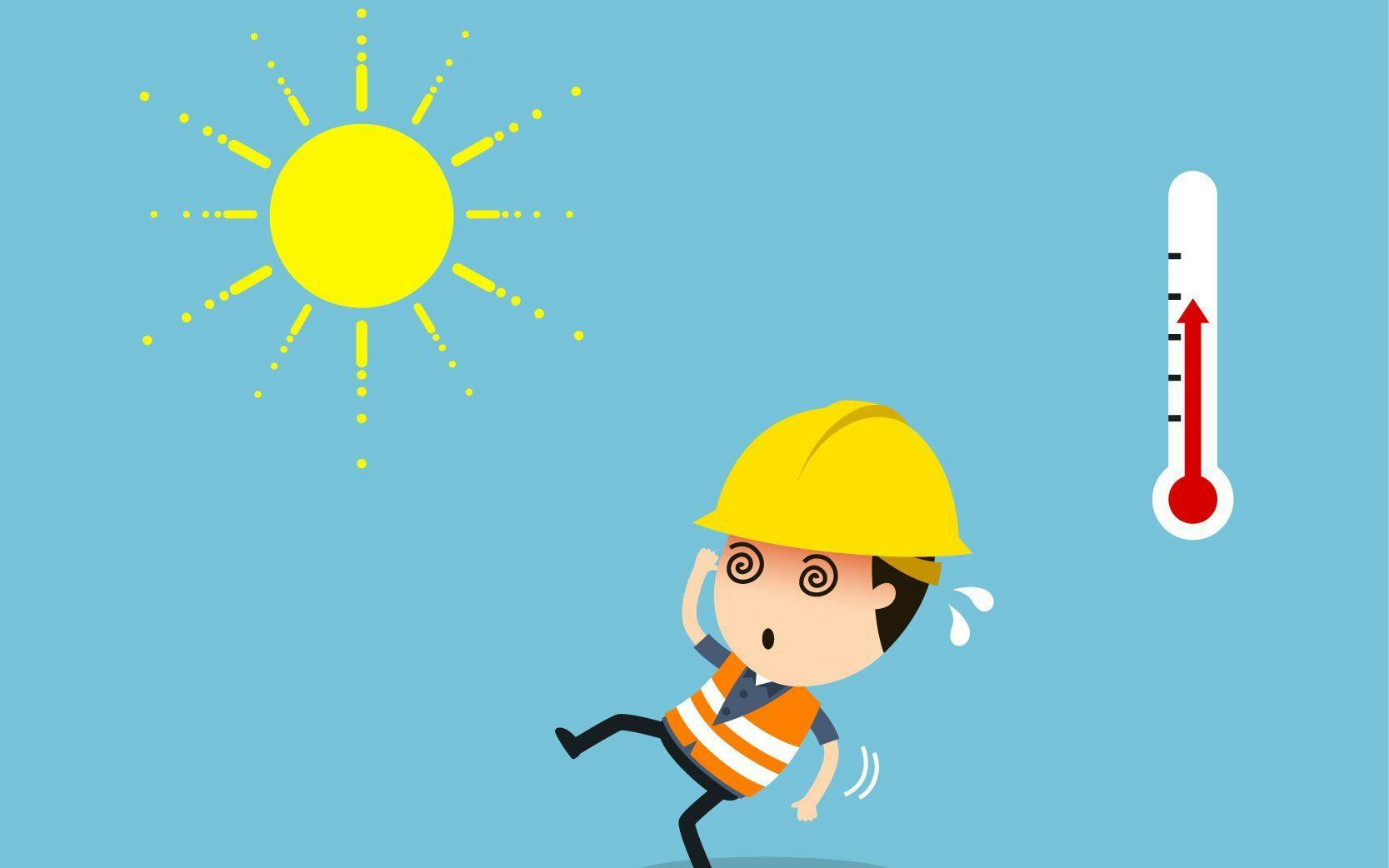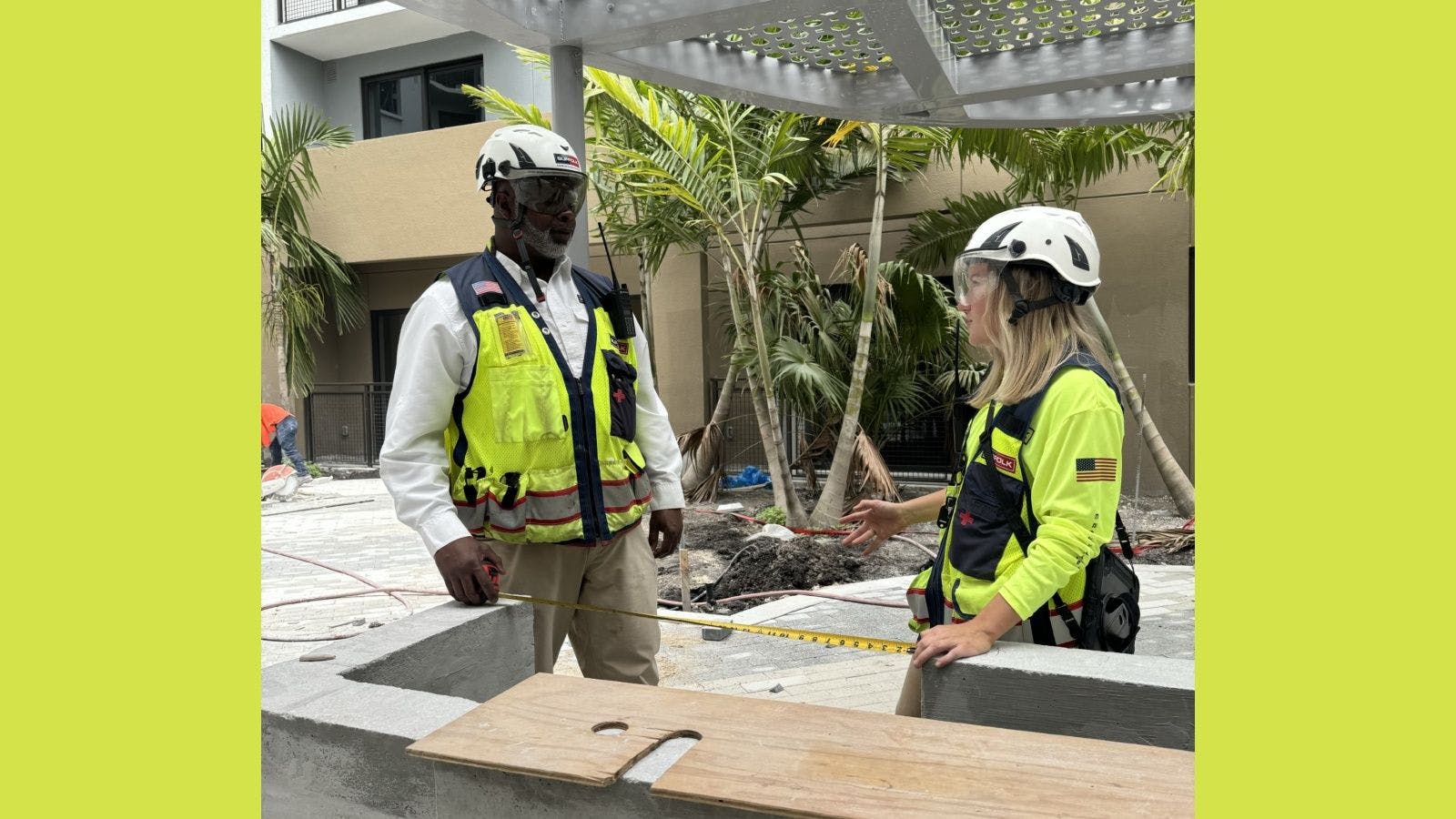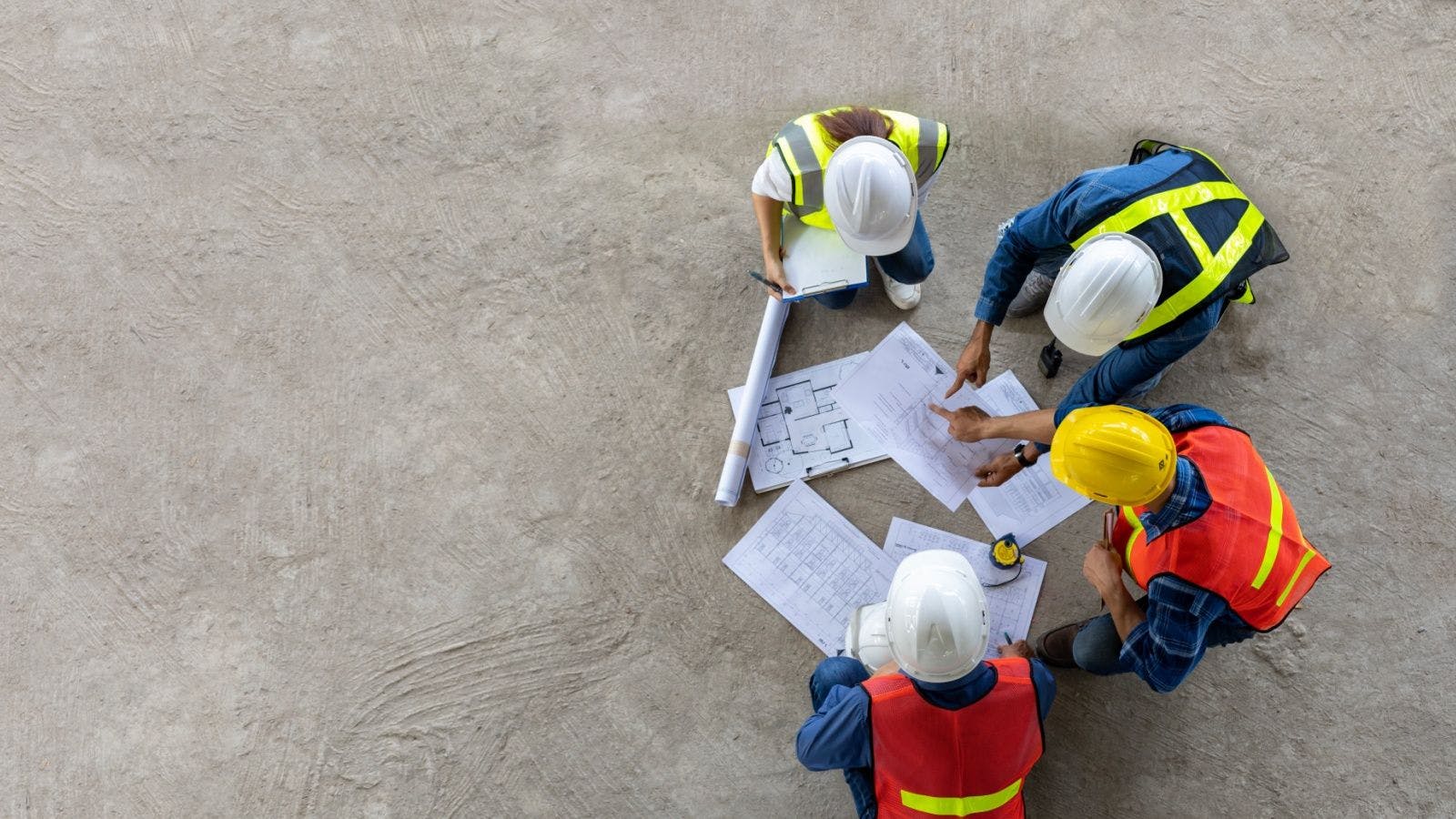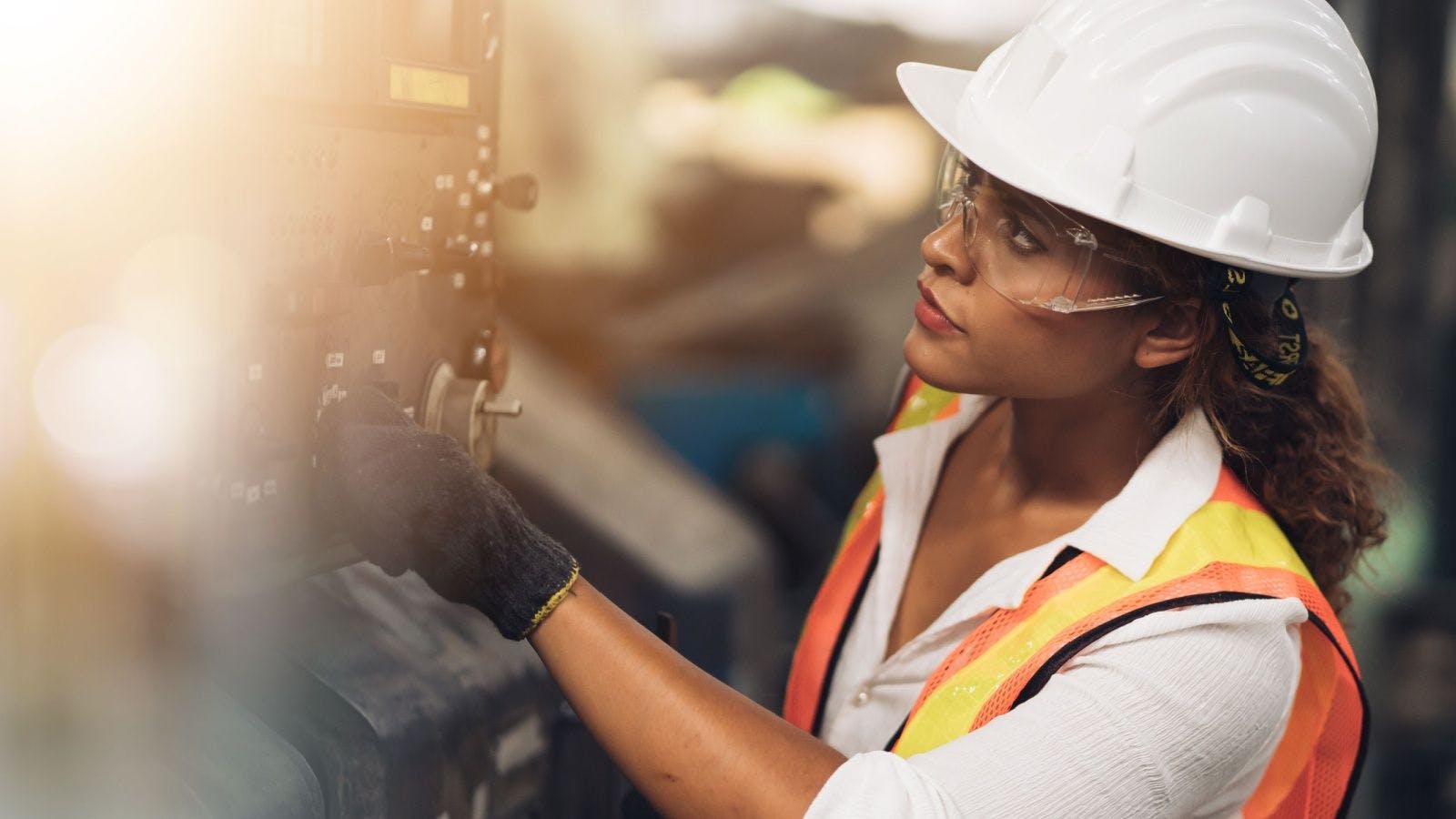
Keep Construction Workers Safe in the Heat
The heat is the enemy when it comes to construction and industrial labor. Enduring the hot days of the summer can be brutal for workers in thick gear, doing physical labor. It can be the cause of serious injury, accelerated fatigue, decreased productivity and more.
While you can’t necessarily see the heat or humidity, this invisible enemy takes a toll on employees at every level of the construction industry. For example, heat injuries can make a drastic monetary impact. Employers spend $220 billion annually on injuries and illnesses related to heat. Keeping workers safe from the heat also results in higher productivity levels. Higher productivity is more cost efficient.
Even though heat injuries happen so frequently, they are 100% preventable. Simple implementation of new practices to promote heat acclimatization, the process of the body adapting to its hot environment to maintain performance, and emerging PPE technology could be the difference in saving money, time and workers.
Some recommendations at jobsites to promote heat safety and acclimatization include, but are not limited to the following.
- Gradually increase the workload: This is especially important within the first few weeks that work starts back up. As workers flood to jobsites in hordes after quarantine, they must allow for proper heat acclimatization before rushing into things. The first few days in the heat prove to be especially dangerous for those not properly acclimatized, so increasing work incrementally, as well as slowly adding more clothing layers, is an effective strategy for heat safety.
- Taking more breaks: It is important that these breaks are taken in a cooler location with fluids for hydration available. Ultimately, it may seem like workers aren’t being as productive if they are taking frequent breaks, but this is not true, as these breaks are important in the heat acclimatization process and on really hot, humid days. A rested worker will be much more efficient than a worker struggling in the heat.
- Hydrating properly: Workers need to be drinking water frequently, whether on a break or not. OSHA and NIOSH recommend workers drink eight ounces every 15 minutes throughout the work day.
- Lighter uniform: While it may be difficult to require a lighter uniform on the job due to occupational hazards, using lighter clothing in the first few weeks back on the job will allow for more sweat to evaporate, which will help to keep core body temperature lower during work. Be aware of the elements: Check the weather frequently throughout the day and plan accordingly, as the risk of injury can increase not only with temperature, but humidity levels and radiative heat loads.
Many of these practices are recommended by governing bodies of worker health and safety such as OSHA. Unfortunately, as of now, only three states, California, Minnesota and Washington, have OSHA standards set in place. That being said, the majority of workers are operating in extreme environments without the proper protection or training.
New technology enables supervisors at jobsites to monitor their workers in a live view while also being able to alert them if they’re overexerting themselves in the heat. Since each individual reacts to the intense heat in a different manner, using smart personal PPE devices is an effective way to keep track of each worker’s health in the heat.
This is possible through devices that track workers’ physiological responses like core body temperature and heart rate. If each worker is using a device, their chances of getting injured from the heat are far lesser. If heat exhaustion is suspected (based on raised core body temperature and heart rate), a supervisor could alert the worker to stop work and cool off/replenish fluids. In the wake of COVID-19, certain devices may be implemented to provide continuous fever monitoring.
Since 2020 is projected to be the hottest year on record, it is of utmost importance that industrial workers are staying safe in the heat. Billions of dollars are spent fixing these catastrophic heat injuries that really shouldn’t be happening at all. Heat injuries and illnesses can and should be prevented at a much higher rate. These simple solutions could do just the trick.
Related stories








